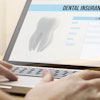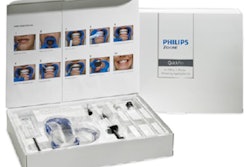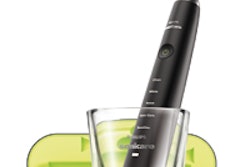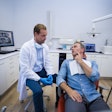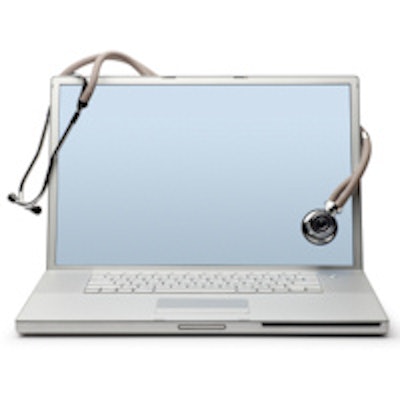
At the recent Yankee Dental Congress in Boston, Philips introduced a new, free, online patient risk assessment tool called CARE (Customized Assessment and Risk Evaluator) to aid dental professionals in making treatment decisions and increase patient education.
CARE allows dental professionals to determine a patient's risk for caries, periodontal diseases, and oral pathology, since early identification is crucial for treatment.
 Michelle Hurlbutt, RDH, MSDH, Philips CARE Tool Committee.
Michelle Hurlbutt, RDH, MSDH, Philips CARE Tool Committee.
Michelle Hurlbutt, RDH, MSDH, of the Philips CARE Tool Committee and a full-time associate professor in the department of dental hygiene at Loma Linda University, took some time to talk with DrBicuspid.com about the benefits of this new risk assessment tool.
Dental professionals can go to the Philips CARE website to get started (a webinar is also available on the site). The program leads the dental professional through a series of questions to gather patient information. According to Hurlbutt, once the clinician is familiar with the tool, the entire process takes only two to three minutes chairside (it does require an Internet connection, although an offline model is available). At the end of the process, the practice has risk assessment data based on a patient's dental, social, and medical histories, as well as the individual comprehensive dental examination. This data can aid in planning a patient's treatment and developing preventive plans.
"This is a best practices tool," she said. "It is based on the best available evidence." Philips is "committed" to modifying the tool if the best practices, best treatments evidence changes, she added. She noted that board-certified experts reviewed all the research.
Right now, the tool can be used for children age 6 and older for dental caries, and for adults for periodontal diseases and oral pathology.
One of the aims of the tool is to increase communication, according to Hurlbutt.
"This will open the lines of communication between dental professional and patient and also between dentist and hygienist," she said.
During testing, Philips found that questions on the screen for prompted the dental professional to get more information from their patients by asking more questions. And, when a word or term is unclear, a popup is available to give a definition, based on evidence.
"Anything that might be confusing is defined for the clinician," she said.
To allay any concerns about patient information becoming compromised, no patient data or information appears on the website, Hurlbutt said. However, to aid the practice, they have the option of saving the risk assessment to the computer and attaching it to a patient's electronic chart. Or, it can be printed out and physically attached to the patient's records.
The dental professional can also create a printout for patients. The handout does not have the Philips logo on it, but a practice's name and logo can be inserted. This handout can remind patients of the treatment plan.
"By giving the patient more information, it could increase patient education," Hurlbutt said.
After a comprehensive risk assessment and patient education, however, the practice still needs to complete the billing process. The CARE tool includes CDT billing codes.
"As of January 1, we have all the different codes for those conditions built in," she said. "We tried to think of what would make your life easier as a clinician."


